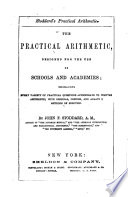 | John Fair Stoddard - Arithmetic - 1852 - 320 pages
...term, and th« ratio, to find the sum of all the terms. RULE. Multiply the last term, by the. ratio ; from the product subtract the first term, and divide the remainder by the ratio di minisked by one. 1 . The first term of a geometrical progression is 4, tha iast term is 62500, and... | |
 | Thomas Tucker Smiley - Arithmetic - 1854 - 192 pages
...power whose index is one less than the number of terms given. 3. Multiply the last term by the ratio; from the product subtract the first term, and divide the remainder by the ratio, less 1, for the sum of the series. Questions. What is Geometrical Progression? What is the ratio ? By what... | |
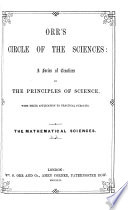 | William Somerville Orr - Science - 1854 - 534 pages
...expressed in words, furnishes the following rule :— BULE. — Multiply the last term by the ratio ; from the product subtract the first term, and divide the remainder by the ratio minus 1. This rule applies, of course, whether the ratio be whole or fractional, positive or negative.... | |
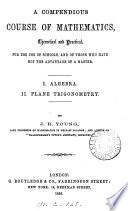 | John Radford Young - 1855 - 218 pages
...expressed in words, is the rule following, namely : — RULE. Multiply the last term by the common ratio ; from the product subtract the first term, and divide the remainder by the latio minus 1. The last term is the first multiplied as often by the ratio as there are terms following... | |
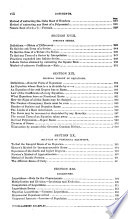 | Elias Loomis - Algebra - 1855 - 356 pages
...Hence, to find the sum of the terms of a geometrical progression, Multiply the last term by the ratio, subtract the first term, and divide the remainder by the ratio less one. If the series is a decreasing one, and r consequently represents a fraction, it is convenient to change... | |
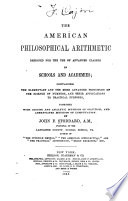 | John Fair Stoddard - Arithmetic - 1856 - 312 pages
...sum of the series equals 4 times 32 — 2-f-(4 — 1.) Hence, Multiply the last term by the ratio ; from the product subtract the first term and divide the remainder by the raii^ diminished by one, and it will give the sum of all the terms. _ • 2. A gentleman engaged a... | |
 | Charles Guilford Burnham - Arithmetic - 1857 - 328 pages
...term, last term, and ratio, are given, to find the sum of the series, we have the following RULES. I. Multiply the last term by the ratio, and from the...first term, and divide the remainder by the ratio less 1; the quotient will be the answer. II. Divide the difference between the two extremes by the ratio... | |
 | Charles Guilford Burnham - 1857 - 342 pages
...term, last term, and ratio, are given, to find the sum of the series, we have the following RULES. I. Multiply the last term by the ratio, and from the...first term, and divide the remainder by the ratio less 1; the quotient will be the answer. II. Divide the difference between the two extremes by the ratio... | |
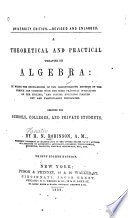 | Horatio Nelson Robinson - Algebra - 1859 - 368 pages
...of a geometrical series ; RULE. Multiply the last term by the ratio, and from the vroduct iub/ract the first term, and divide the remainder by the ratio less one. EXAMPLES FOR THE APPLICATION OF EQUATIONS (1) AND (2). 1. Required the sum of 94erms of the series, 1, 2, 4, 8,... | |
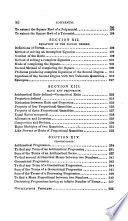 | Elias Loomis - Algebra - 1862 - 312 pages
...terms of a geometrical progression, we have the following RULE. Multiply the last term by the ratio, subtract the first term, and divide the remainder by the ratio less one. Examples. 1. What is the sum of nine terms of the series 1, 3, 9, 27, 81, etc. ? We have already found the ninth... | |
| |